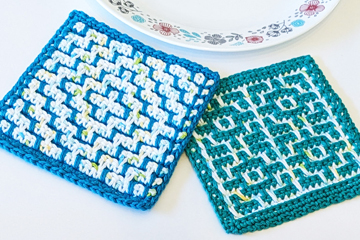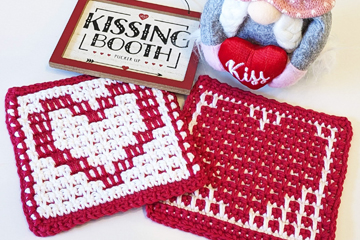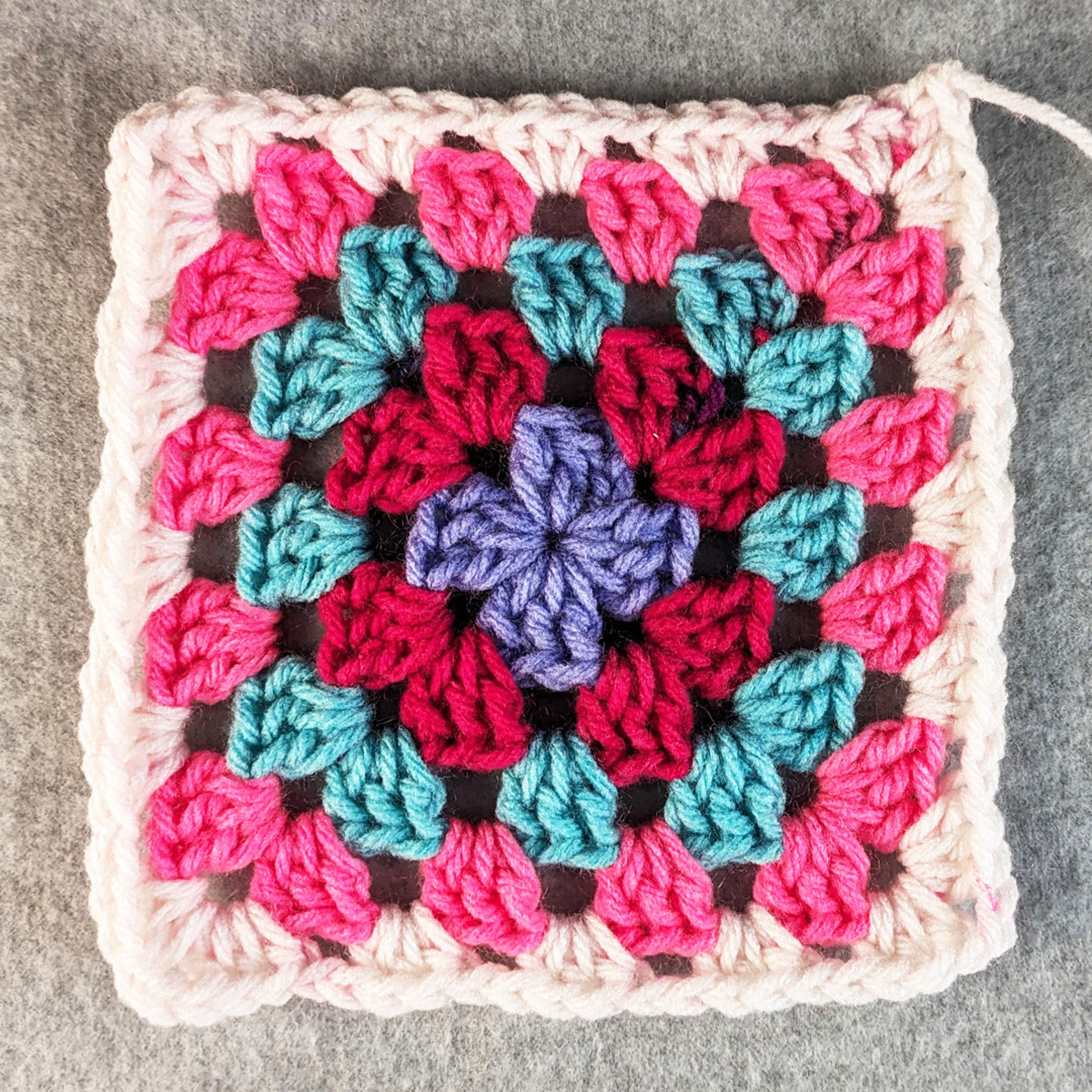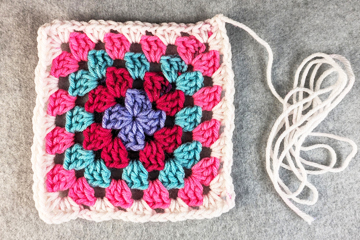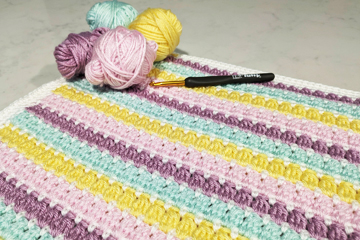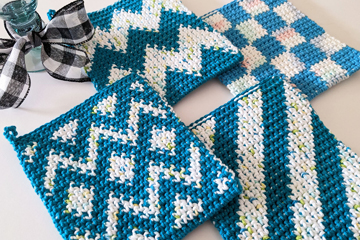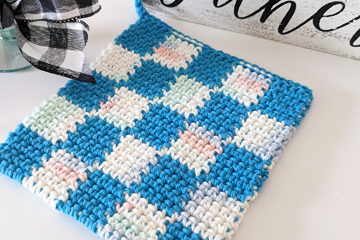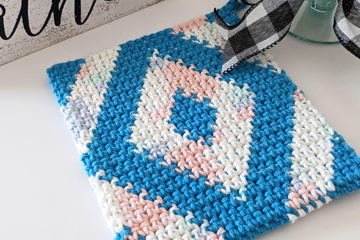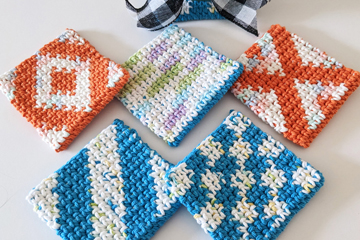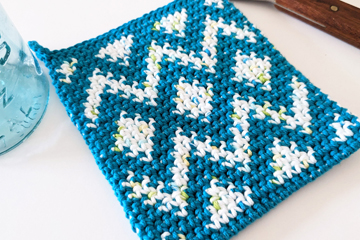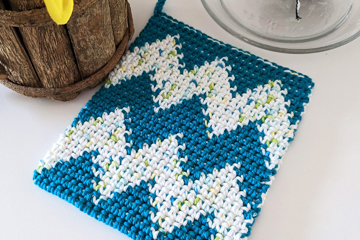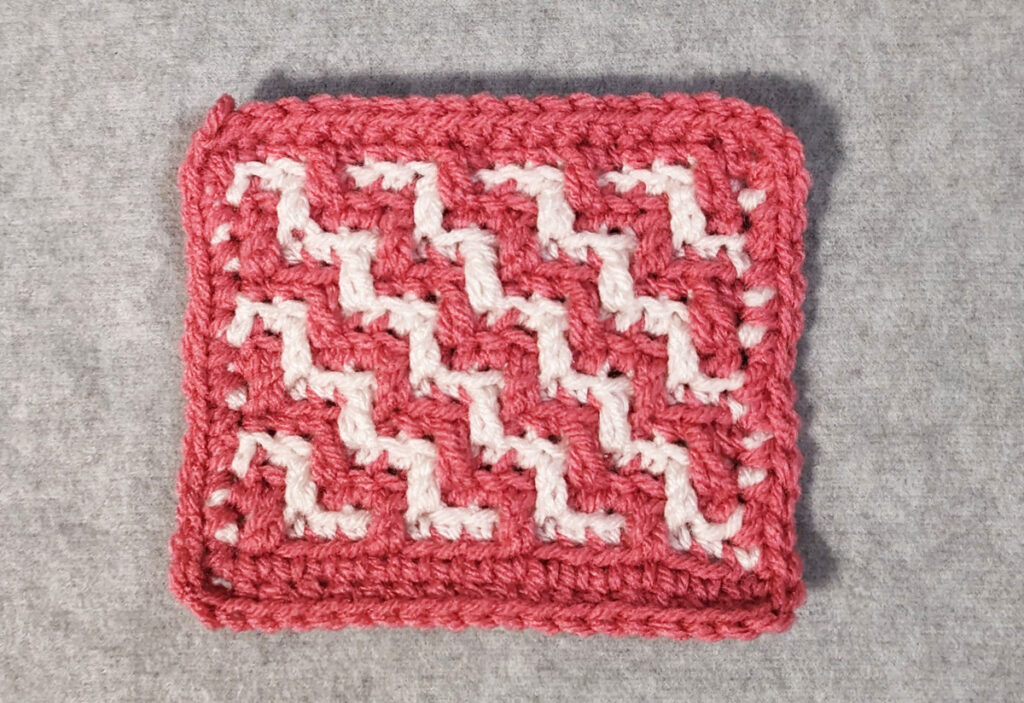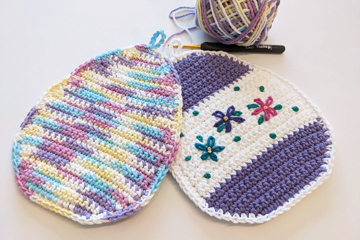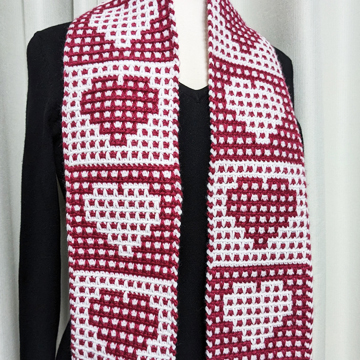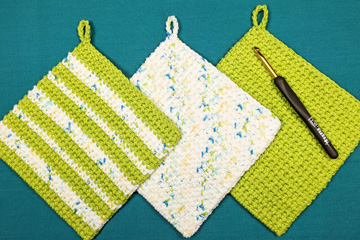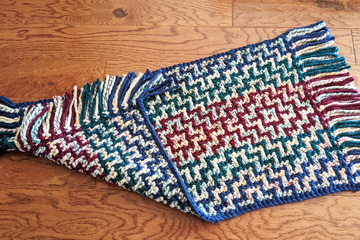After too many months of not blogging, it’s time I got back up on the horse! So here goes.
If you’re anything like me, you absolutely ADORE reversible crochet projects, especially scarves! I hate having a wrong (ugly) side on my scarves, so I designed some scarves that are reversible (and a reversible baby blanket, too). Here they are:
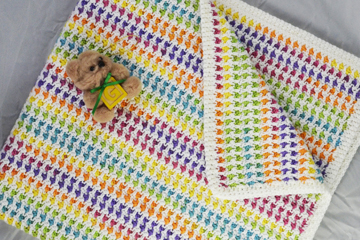
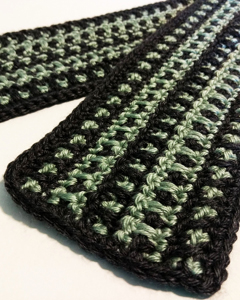
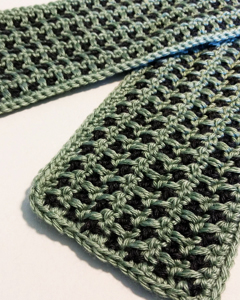
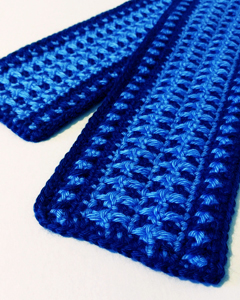
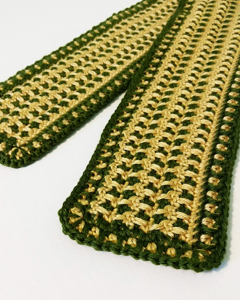
All of these projects/patterns use either worsted weight yarn or light weight yarn (I used acrylic yarns). An H/8 (5 mm) hook or a G/6 (4 mm) hook is used, as well.
All of these projects are worked alternating rows of light color, then dark color, back and forth. However, one of the fabulous points about these patterns is you DON’T finish off each row, leaving lots of tails/ends to weave in! I DON’T enjoy weaving in ends, so when I can design something that has a minimum amount of ends to weave in, that’s a HUGE PLUS in my book! At the end of the row, you simply drop the old color and insert a stitch marker in the last loop to secure it. Then you pick up the opposite color yarn, remove the stitch marker from that loop, turn your work and crochet the next row with the new color. If you’d like to see me demonstrate doing this (and the first 3 rows of these reversible patterns/projects), check out my new YouTube video here.
The Reversible Scarves pattern and More Reversible Scarves pattern both contain written instructions, along with symbol crochet charts, for crocheting 2 different, but similar reversible scarves. All of these scarves are made with 2 contrasting colors of yarn. Check out these patterns, as well as my other crochet accessory patterns here.
The Reversible Stripes Baby Blanket pattern is made with either a multi-color and a solid-color yarn or 7 solid colors of yarn. You can find that pattern, as well as my other baby patterns here.
I hope you enjoy crocheting some reversible projects very soon!
Happy crocheting,
Susan Lowman
The Crochet Architect



